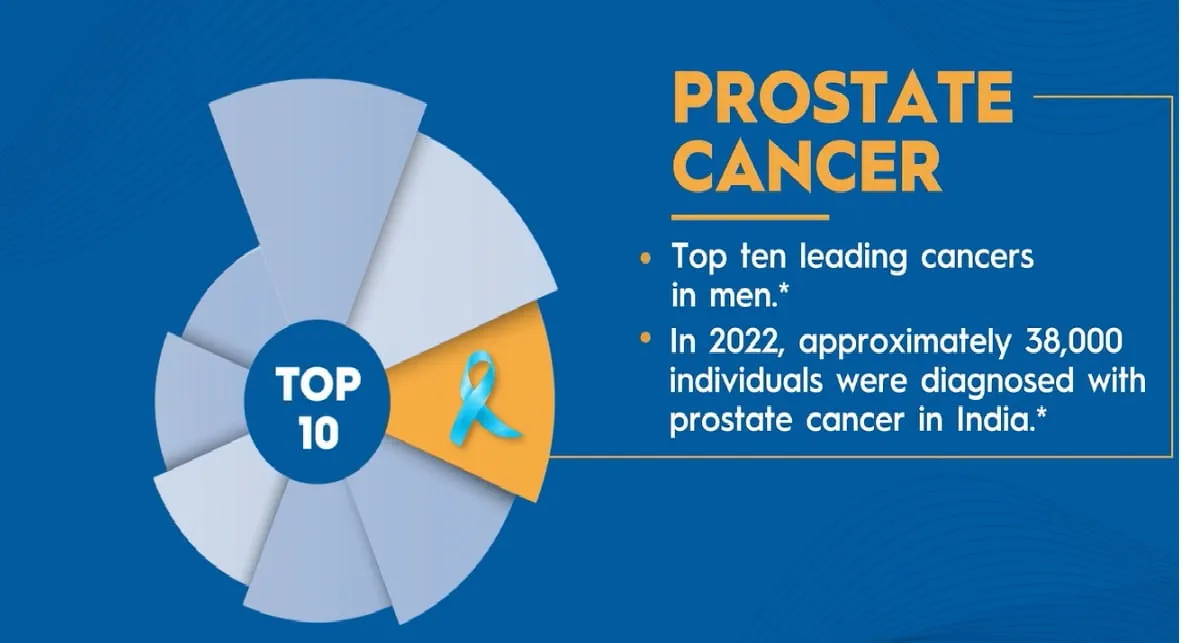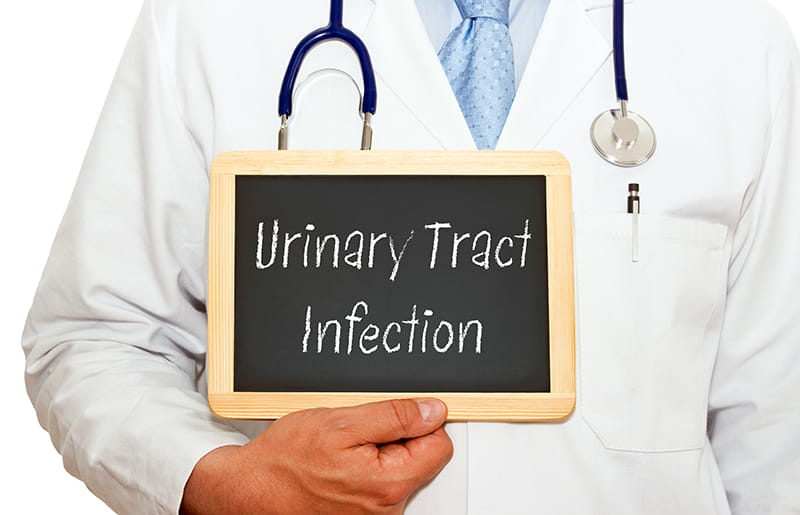EAU 2024: Familial and Hereditary Cancer Syndromes in Urology - Kidney Cancer: By Peter Mulders
The speaker delved into the history of kidney cancer research, noting the significant role of gene mutations correlated with patients' morphological outcomes. He discussed the knowledge of clear cell and Von-Hipple Lindau (VHL) and other gene mutations affecting morphology. In 2016, syndromes were introduced into the sub-classification of kidney cancer, leading to the identification of hereditary syndromes like hereditary leiomyomatosis with renal cell carcinoma (HLRCC) syndrome and succinate dehydrogenase (SDH) deficient RCC. The speaker emphasized that kidney cancer is primarily sporadic, with only 2-8% being hereditary. However, half of these hereditary cases are clear cells due to VHL disease. Due to their multifocal and bilateral nature, these cases are often more complex for urologists. The speaker mentioned the Cancer Genomic Atlas revealing new hereditary syndromes, which will be increasingly important in advanced and localized diseases. He also highlighted that 2-3% of other tumor types have germline genetic pathogens, while for kidney cancer, it's about 5%. He pointed out new mutations, such as BAP1, in renal cell carcinoma and discussed the evolving understanding of kidney cancer mechanisms, particularly linking to HIF 1 alpha and hypoxia. Furthermore, he discussed the challenges posed by syndromes, which are increasingly encountered in patients with other manifestations.
The speaker emphasized the importance of screening these patients, particularly those with Hipple Lindau and FH mutations, for kidney cancer. He stressed that understanding the chance of renal cell carcinoma is crucial for determining follow-up strategies. The speaker touched upon the VHL disease, highlighting its known challenges and surgical approaches, such as 3P loss chromosome, which carries up to a 70% risk of renal cell carcinoma. For VHL disease, he recommended biannual MRI screenings from age 15 onwards and surgical resections for tumours larger than 3 centimetres. In the metastatic setting, the focus is on HIF-1 alpha inhibition, with ongoing trials showing promise but still in progress.
The speaker showed a case where next-generation sequencing initially showed no abnormalities. However, a pathogenic variant was eventually identified, leading to a diagnosis of Mozaiek Von-Hippel Lindau. This syndrome can manifest with various molecular trajectories due to mutations on chromosome 3P, impacting different organs. Coordinated care involving specialists like eye doctors and neurologists is crucial for managing associated conditions like haemangioma and hemangioblastoma.
The speaker noted that patients presenting with pneumothorax are increasingly being evaluated for the risk of kidney cancer due to mutations in the folliculin gene. These patients have a 15-30% risk of cancer. Monitoring through alternating yearly ultrasound and MRI scans is advised, with surgical resection recommended for tumours larger than 3 centimetres.
Hereditary syndrome with fumarate hydratase gene mutation has a penetrance ranging from 2 to 21%. Patients with a family history of tumors and multiple tumors should be investigated for the FH gene mutation. Given its aggressive nature, surgical intervention is recommended for tumors of any size.
Hereditary Papillary Syndrome is characterized by hypo vascular lesions that are difficult to detect with ultrasound but are more visible on CT and MRI scans. The disease is generally less aggressive, and surgical resection is advised for tumors larger than 3 centimetres. In advanced cases, treatment with foretinib, an inhibitor of MET correlated with this syndrome, may be considered.
In conclusion, the speaker emphasizes the growing role of urologists in managing these genetic syndromes and stresses the importance of communication and collaboration with clinical genetics. Access to specialized facilities and funding is crucial for optimal patient care and follow-up.
Case Presentation: 45 yrs, History of papRCC I with Organ- preserving Surgery, Now Recurrence in Both Kidneys: By Dr Eduard Roussel
A 45-year-old male patient with no significant past medical history except for hypertension underwent a partial nephrectomy for two clinical T1 left-sided renal masses via a lumbotomy two years ago. These masses were incidentally detected during investigations for flank pain. On a recent follow-up CT scan of the thorax and abdomen, multiple and bilateral renal masses were observed without evidence of metastatic disease. The CT images reveal a large cyst in the right kidney and two other significant masses that enhance with contrast. The left kidney shows multiple small tumors, which may be papillary tumors. An MRI was performed to further evaluate these findings and confirm the potential malignancy. The radiologist's interpretation indicated the likelihood of papillary renal cell carcinoma (RCC). The treatment plan, devised by Professor Van Poppel, involved a staged open partial nephrectomy. The right kidney, which harbored the largest tumors, was operated on first, followed by the left kidney three months later. The surgical approach involved zero ischemia, with pure enucleation of most tumors and coagulation of smaller ones. There were no intraoperative complications.
Pathological examination revealed bilaterally multiple papillary type 1 RCCs with no necrosis, sarcomatoid dedifferentiation, and a low isograde, indicating relatively non-aggressive tumors. Given the findings, the patient was referred for germline genetic testing, which identified a germline mutation in the MET genes, confirming a diagnosis of hereditary papillary RCC. In the postoperative follow-up, renal function remained stable, and small recurrences, less than one centimetre in size, are under surveillance. The case presents opportunities for discussion on managing and treating patients with hereditary papillary RCC.
Panel Discussion
The topic of surgical techniques was raised during a presentation discussing the management of patients with recurrent cancers requiring multiple surgeries. A member of the group expressed concerns about the challenges of repeated open surgeries and inquired about alternatives such as minimal invasive procedures and radiofrequency ablation (RFA). Prof. Peter Mulders highlighted the advantages of robotic surgeries, especially in cases involving clear cell tumors. He emphasized the importance of timing, technique, and enhancing surgical skills to perform multiple surgeries in one session. He also mentioned the increased experience in performing repeated surgeries, which was previously considered challenging. He suggested considering an unclamped approach for better outcomes. Reflecting on past practices, he recommended initiating counselling with patients early on, collaborating on treatment plans, and following guidelines from VHL disease to preserve kidney function. Additionally, he mentioned the potential of using cryo or RFA ablative therapies as alternative treatments.
A member of a group mentioned a case involving a patient with a papillary tumor that ruptured initially. Seven years later, the patient returned with multiple metastases after being out of follow-up. The case raises concerns about making treatment decisions without clear histology. Despite this, efforts are made to obtain histology to guide further treatment. The discussion emerging noninvasive radionuclide treatments for more effective disease management. Prof. Peter Mulders emphasized the importance of advanced imaging techniques, including molecular imaging and PET scans, to detect mutations like those in clear cell tumors. He anticipates that these imaging methods will improve tumor detection and intervention. However, the panel questioned the conventional approach of resecting all visible tumors. Dr. M. Ausems suggested that the age of diagnosis could prompt comprehensive germline panel testing for kidney cancer genes, possibly even conducted by urologists with proper training. Prof. Peter Mulders highlighted a potential lack of knowledge among urologists regarding imaging and surgical techniques, emphasizing the need for better training and counselling.
European Association of Urology (EAU) Annual Congress 2024, 5th April - 8th April 2024, Paris, France




